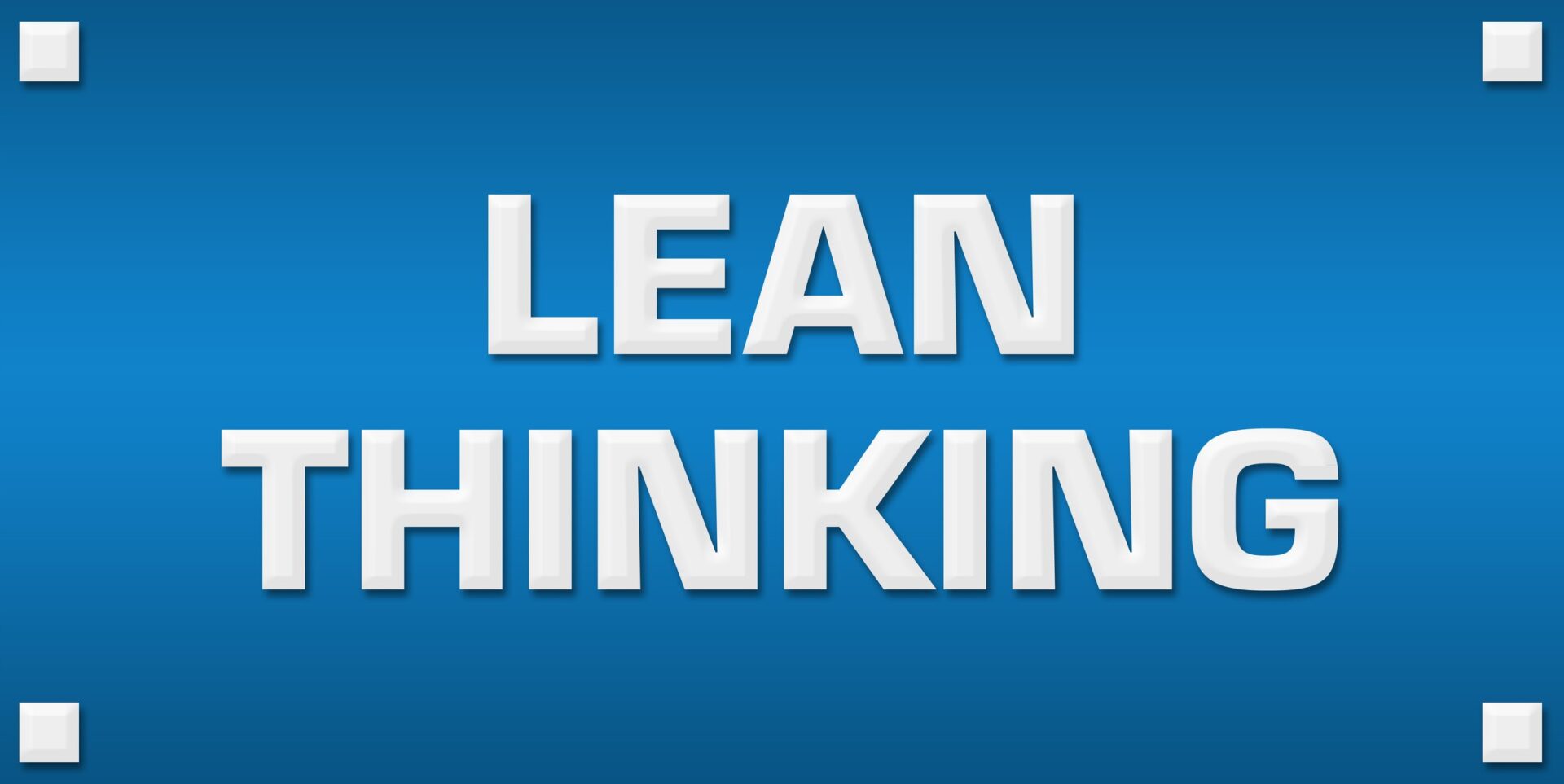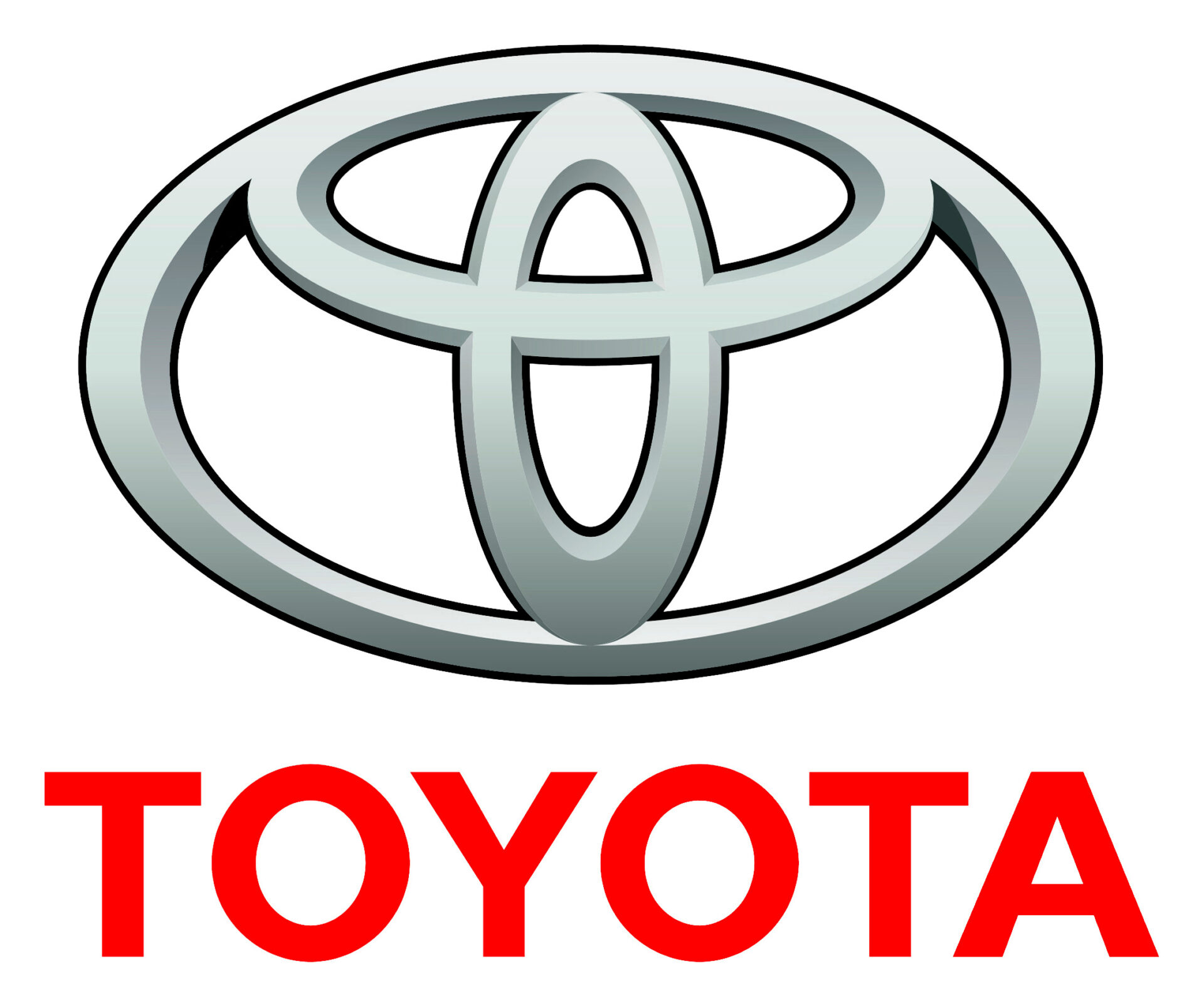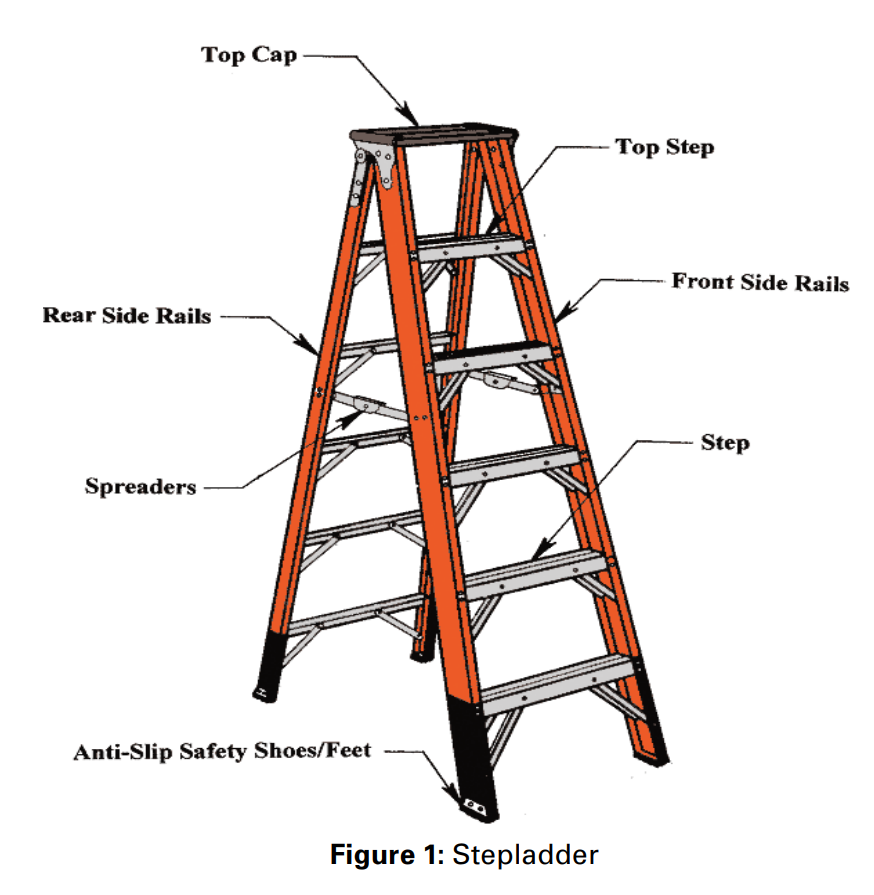How Will AI Affect the Commercial Cleaning Industry: Now and In the Future?
In the USA
Although the jury is still out, AI is likely to have a major impact on the commercial cleaning industry, bringing about advancements and changes in various aspects of the sector. Here are some ways in which AI affects and could affect the cleaning industry:
Efficiency and Automation: AI-powered cleaning machines (i.e., robots, aka cobots when a human and a robot collaborate) can efficiently perform routine cleaning tasks with minimal human intervention. These robots can navigate, identify dirty areas, and clean accordingly based on onboard sensors. This can lead to greater efficiency, reduced labor costs, and more consistent cleaning quality.
Predictive Maintenance: AI can analyze data from equipment sensors to predict the need for maintenance. This helps prevent downtime and ensure cleaning equipment is always in top working condition, minimizing breakdowns.
Scheduling and Resource Optimization: AI algorithms can optimize cleaning schedules based on real-time foot traffic and usage patterns; helping ensure that cleaning is performed at the most effective times, minimizing disruptions to business and reducing potential safety risks.
Customized Cleaning Solutions: AI can analyze data to understand the specific cleaning needs of different spaces. This allows for tailored cleaning solutions that address the unique requirements of each location.
Enhanced Safety: AI-powered robots or cobots can handle hazardous cleaning tasks in environments where human safety might be compromised. For instance, they can clean high-risk areas such as chemical spills or areas with potential biohazards providing these devices themselves are cleaned and disinfected before use.
Enhanced Health: AI sensors on tools, equipment and personal monitoring devices, can determine levels of dust, VOCs and other pollutants indoors.
Quality Control: AI can be used to monitor the quality of cleaning through image recognition and other technologies. This ensures that cleaning tasks are performed to a consistently high standard.
Reduced Labor Intensity: While AI might replace certain repetitive and labor-intensive tasks, human cleaners will likely still be needed for more complex cleaning tasks and to oversee the AI systems (The future custodian may be a manager of AI-equipped cleaning systems, e.g., a director of cobotics).
Training and Onboarding: AI can be utilized to train new cleaners through simulations, providing a virtual environment for them to practice cleaning techniques and procedures.
Environmental Impact: AI can help optimize resource usage, leading to reduced water and cleaning solution consumption, thereby contributing to a more sustainable approach to cleaning.
Cost Savings: Although there might be initial investment costs in adopting AI-powered cleaning solutions, the long-term benefits could include reduced labor costs, increased efficiency, and lower equipment maintenance expenses.
ICM: AI can enable the full potential of Integrated Cleaning and Measurement (ICM).
However, it’s worth noting that the adoption of AI in the commercial cleaning industry might not be uniform across all businesses. Small-scale cleaning operations might find it challenging to invest in expensive AI technologies, while larger corporations with substantial budgets could implement AI solutions more readily.
As with any technological advancement, there will also be challenges such as job displacement concerns for human cleaners, the need for ongoing maintenance of AI systems, potential privacy and security issues related to data collection, and the learning curve associated with integrating AI into existing workflows.
In the UK (there is some repetition below for putting additional ideas in context)
AI is already having a major impact, efficiently performing routine cleaning tasks without a human in the loop as robots navigate the space, identify dirty areas, and clean using onboard sensors to determine the required cleaning process or intervention. This enables automated cleaning schedules, reduced labor costs, more consistent quality, and flexible schedules based on the needs of the physical space.
Customized Cleaning Solutions: AI analyzes data to understand the specific cleaning needs of different spaces, even in the same building. For example, high traffic areas or zones where maintenance is underway will have a different profile from those areas which have more predictable usage patterns. This allows for tailored cleaning solutions that address the unique requirements of locations within each building.
Data-Driven Insights: AI is used to gather and analyze data from sensors and other sources, such as facilities management data, to provide insights into cleaning patterns, high-traffic areas, and locations that need extra attention. This info can lead to better cleaning strategies, resource allocation and flexible cleaning profiles and plans for a building or a location within the building.
Reduced Labor Intensity: While AI might replace certain repetitive and labor-intensive tasks, human cleaners are required for more complex cleaning tasks and to respond to the AI posited changes to cleaning arrangements. The future custodian is likely to be a manager of both human and AI-equipped cleaning systems (i.e., cobotics).
Training and Onboarding: AI is being utilized to train new cleaners through the use of avatars and simulations.
Environmental Impact: AI can also be used to show with data the contribution made to combating climate change, which is already a differentiator in many other sectors.
Cost Savings: Although there is an initial investment when adopting AI-powered cleaning practices, the return on investment consists of long-term benefits related to reduced labor costs, increased efficiency, and lower equipment maintenance expenses.
Predictive Maintenance: This approach to AI and Internet of Things (IoT), called Intelligent Automation, is already established in other sectors such as manufacturing and industries such as the aircraft industry.
While many industries and sectors have or are already integrating Intelligent Automation to offer new services and accrue the benefits described, this is not yet prevalent across the cleaning industry but is increasingly common in business districts and cities across the world [the above is a view from Dr. Jacqui Taylor in the UK.]
A Vision for Vacuum Cleaners
An AI controlled robot at a school could perform on-demand air quality testing instead of calling out an outsourced Industrial Hygienist whenever it is required. In addition, the robot could tailor the cleaning level (vacuuming) based on real time calculations during vacuuming, stopping vacuuming when the IAQ levels reach a predetermined agreeable limit; making a vacuum cleaner not only a surface cleaning tool but a type of air cleaning and monitoring device. (Source: School Facility Expert)
Date of Review: 9/5/23
Reviewers:
Michael A. Perkins, School Facility Expert
Dr. R.W. Powitz, Forensic Sanitarian, R.W. Powitz & Associates, PC
Mr. Perry Shimanoff, Founder, MC2
Dr Jacqui Taylor CEO, co-Founder FlyingBinary




